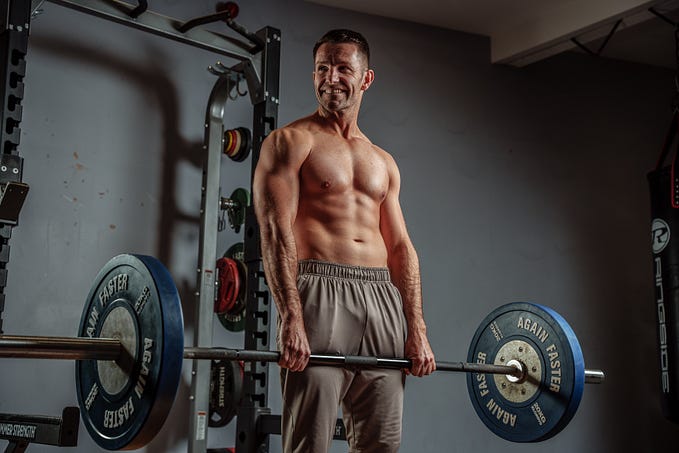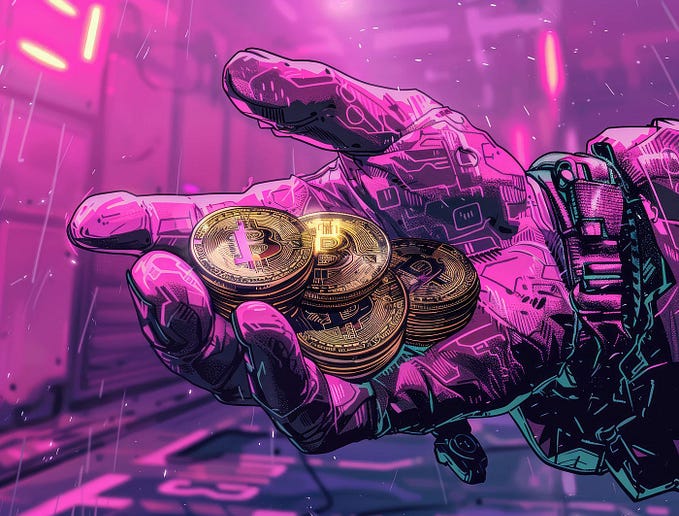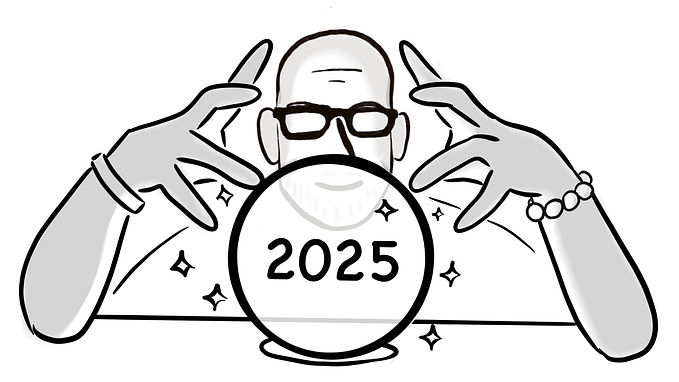A Minimalist Guide to Buying High-Quality Stuff

I am a minimalist, which means I am only allowed to own 50 or fewer possessions. I sleep on the floor, everything in my home is white, and I only wear plain black tee shirts. I am kidding.
The truth is I really enjoy stuff. I just don’t enjoy having a lot of it. And the stuff I do have is typically high quality. It’s stuff I love.
This is a short guide on owning high-quality stuff and keeping a curated collection of things you absolutely love.
Avoid the Middle
The first strategy is simple. Always avoid the middle. Either spend the money to buy things that will last a long time or cheap out and buy throwaway items. Nothing in-between.
For example, I own several tee shirts that were quite expensive. They cost $50 apiece, fit perfectly, and I love the feel of the material. On the flip side, I also own a few cheap tee shirts. Ones that cost $5 apiece. I use these for when I’m working around the house and if they get stained or ripped, I don’t feel bad about winging them in the trash.
The key is to not buy tee shirts that cost $25. They probably wouldn’t fit as well as the $50 shirts and I would feel bad if I ruined one and had to throw it away.
This rule stands for everything we buy. You can purchase a brand-new car and make payments with zero repair bills or you can buy an older car with cash knowing you’ll be paying for repairs.
The middle is buying a used car on credit. Now you have a monthly payment and inevitably you’ll be making repairs too.
By avoiding the middle we either save a considerable amount of money buying throwaway items or spend more for higher quality items that last a very long time.
The middle is deceptive, and the most expensive route. We save a small amount of money on items of questionable quality that don’t last very long. We think we’re being conscientious consumers but we fail to see the big picture.
Love What You Buy
Unless you’re buying throwaway items, make sure you’re in love with what you’re buying. I used to have a bunch of things that were mediocre. Stuff I collected over the years that was useful, but also stuff I didn’t exactly love.
I started removing some of these things from my life and replacing them with things I love. The method here is simple. Curate the things you own and learn to become a cautious shopper. Take the time to read reviews on products and think deeply before purchasing new items.
Don’t be afraid to try products and return them if you are not satisfied. Be intentional about the things you bring into your life.
Buy Duplicates
This isn’t popular among minimalists but hear me out. I have a favorite pair of boots. And after wearing them for 10 months, I decided to order another pair in case the manufacturer discontinued them.
Shortly after I received the second pair, guess what? The company quit making them.
If you have an item you truly love and you know it will eventually wear out, consider buying duplicates. Plus the cost of things rarely gets cheaper. You might save a few pennies in the long run.
Keep a Have List and Wish List
Make a have list and a wish list. I have mine in Notion.
A have list is a handy reference guide to products you own. For example, a favorite pair of slippers. You’ve had them for a few years but now they are worn out and need to be replaced. You’re wondering what size they are, where you bought them, or what brand they are.
By keeping a have list with relative information like brand, size, store, SKU, and so on, it’s fairly easy to replace your stuff. You’ll have all of the information and won’t be struggling to read old faded tags or remember where you bought them.
A wish list is used for items you may want to purchase in the future. Things you are thinking about buying or doing research on to see if they are good quality. A friend recommended some high-quality luggage but I didn’t have any trips planned so I threw it on my wish list for future reference. You get the idea.
When to Go Cheap
Not everything has to be high quality. Think $5 tee shirts. There’s some stuff not worth spending extra money on. Throwaway items for example.
Things like books you are only going to read once, stuff you are going to loan out to friends (in case it doesn’t get returned), pet toys, kids toys, anything that could be ruined, and things you are only going to use once or twice.
General Rules for Buying High-Quality Stuff
- Buy things that are lifetime guaranteed.
- Spend the extra money on things that you know are going to last virtually forever.
- Never buy cheap shoes, bedding, clothing (unless they are going to be ruined), and anything else you use on a daily basis. It will improve your quality of life.
- Always do some research and take the time to think about whether you are going to love an item before buying it.
- In some cases, analog is better. A hand-operated can opener will last forever. An electric one probably won’t.
- Mediocrity lies in the middle. Avoid it.
Final Thoughts
As a minimalist, it’s better to own fewer high-quality items than a bunch of cheap crapola. I don’t have a lot of stuff but I am able to be highly satisfied with the majority of things I do own.
And most of the things I have feel special. I cherish these items because I took the time to be intentional about bringing them into my life. The important thing is to own belongings that add value and improve the quality of our lives.
For thoughts and comments @ me on Twitter.
Exploring culture, technology, life design, and more at BarryFralick.com









